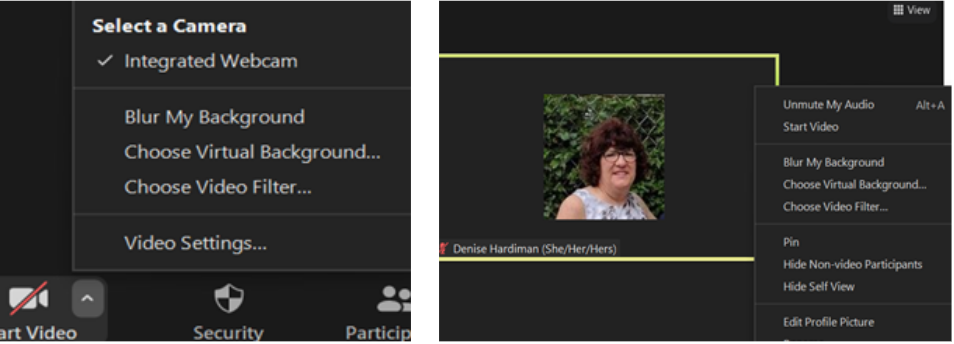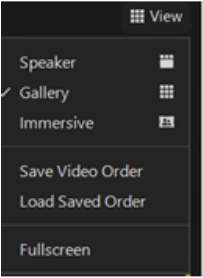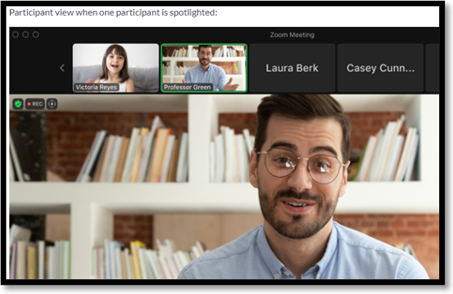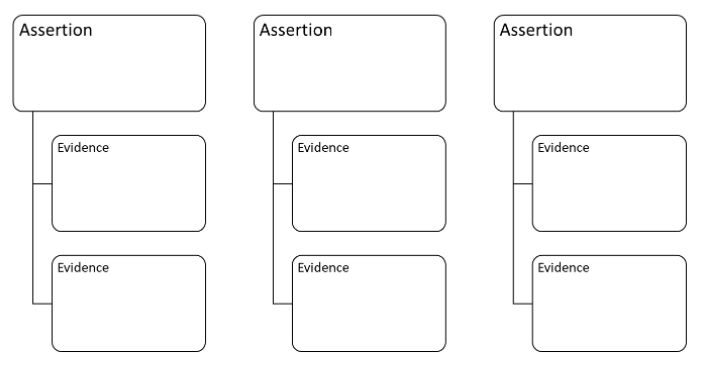Stephanie Fiore

The first time I taught, I was a first-year graduate student assigned to teach a section of an upper-level multi-section Italian Cinema course. I had never taught before, and certainly didn’t feel that I possessed the expertise to teach upperclassmen about the subject. The faculty fed me notes from their lectures and handed me the syllabus I would need to follow. It was the usual syllabus with a list of policies, a schedule of topics—i.e. the list of films that we would discuss—and the dates of two midterms and the final exam. There was no explanation about why the course was structured in this particular way (except that it was chronologically organized by date of film) nor was there any instruction on how to teach it effectively. I muddled through as so many do when we begin teaching in higher ed, but I must admit that I had little idea what the overarching goals of the course were and what I was hoping my students would achieve by the end of it. I knew only that I needed to do a lot of research on each film and then ask interesting questions to get a discussion going, focusing on some of the salient points from my research.
My experience is not unusual. The truth is that very few of us are provided guidance in graduate school about designing courses that will lead our students to what L. Dee Fink calls “significant learning.” As Fink explains it, “for learning to occur, there has to be some kind of change in the learner. No change, no learning. And significant learning requires that there be some kind of lasting change that is important in terms of the learner’s life” (Fink, 2013). But how to achieve that significant learning? This summer’s EdVice Exchange Course Design Blog Series offers a step by step guide to Fink’s Integrated Course Design model in order to lead you and your students towards that significant learning experience we all wish for.
In Fink’s model, we begin by considering the situational factors that define the learning environment in which we are teaching. Then we start designing our course, starting with learning goals. This is a meaningful change from the content-first way we often plan our courses (What content do we have to cover? What order is the textbook in?), shifting our focus instead towards the learning goals we hope our students will achieve. We then identify assessments that provide evidence students have reached the learning goals, and activities that provide the practice students need to achieve mastery. This is not a linear process but instead an integrated one in which goals, assessments and activities work together to provide the significant learning we seek. We will discuss each of these elements of course design in greater depth as we move through the series, providing time between each piece for you to apply what you are learning to your course(s).
EdVice Exchange Course Design Series:
Part 2: Considering Situational Factors
Part 3: Articulating Meaningful Goals
Part 4: Aligning Assessments with Goals
Part 5: Developing Teaching Activities
Part 6: Implementing Your Course Design
This year, I taught a similar course to the one taught years ago. Using Fink’s model, I designed the course by focusing on the goals I wanted my students to achieve. Of course, I wanted them to develop an appreciation for Italian culture and film. But I also wanted them to develop analytical skills for critically discussing and writing about film. I wanted them to explore the complex interactions between film and its historical, cultural, and political context. I also wanted them to learn how to build new knowledge through productive and collaborative discussions. By clarifying for myself exactly what the learning goals were for the course, I was able to design learning activities that would get them there and assessments that would provide evidence that they had indeed achieved those goals. Student self-assessments at the end of the semester reflected their own awareness of having experienced significant learning. They spoke about formulating new ways of thinking that challenged their previous perspectives, looking at stories as an expression of culture, and learning to critically analyze film through an understanding of historical, cultural, and political factors. One commented, “discussions allowed us to practice analyzing these films, and hearing what other people noticed broadened our perspectives of not only the film itself, but the director, their choices, and the process of filmmaking.” The important thing to notice here is that designing our courses for significant learning means both we and our students understand where the learning journey is taking us and how it will fundamentally change us along the way. That is a powerful outcome for any one of us!
Interested in reading more about designing courses for significant learning? See L. Dee Fink’s Self-Directed Guide to Significant Learning.
Stephanie Fiore, Ph.D., is Assistant Vice Provost at Temple’s Center for the Advancement of Teaching.
















